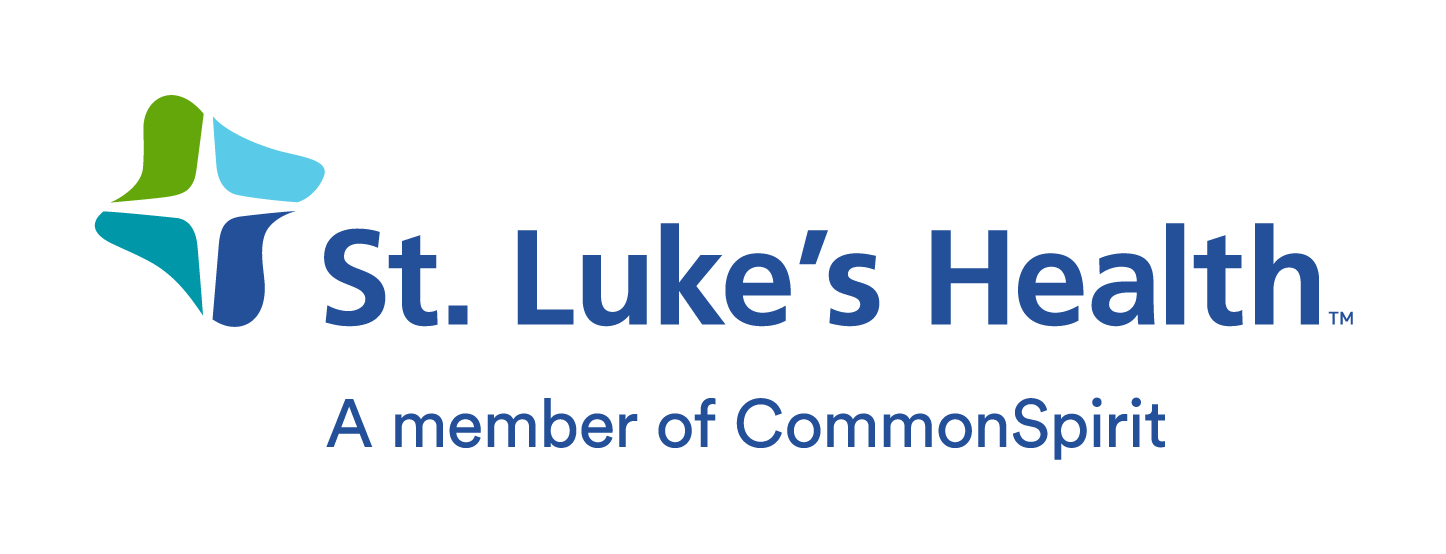If your health care organization is in constant pursuit of improving health care delivery, enhancing patient outcomes and ensuring physician satisfaction while reducing spend, you might be using the Institute for Healthcare Improvement’s Quadruple Aim (formerly the Triple Aim) as your guiding principle.
Initially, the Triple Aim consisted of improving the health of populations, patient experience and reducing costs. Today, there’s a fourth element: making physician satisfaction an essential component of achieving overall success. As the Quadruple Aim emphasizes the overall value equation in health care, these measures also encompass population health and risk stratification. Moreover, the Quadruple Aim recognizes that health care executives must simultaneously address and prioritize the four components equally to achieve sustainable success.
Building a Culture of Excellence
Quality improvement lies at the core of the Quadruple Aim. Metrics and outcome-focused measures ensure health care professionals deliver excellent care.
St. Luke’s Health has adopted the Quadruple Aim while also assessing a wide range of metrics to ensure quality across the board. For example, we monitor the management of diabetes by checking whether patients with diabetes are effectively controlling their A1C levels and other disease factors. We evaluate the control of blood pressure in hypertensive patients. These outcome-focused metrics help gauge whether we’re intervening effectively for patients with these health conditions.
SLH also employs various screening metrics to further enhance the quality of care we provide, such as cancer screenings and subsequent implemented strategies to ensure early detection. Continuously tracking these and many other metrics helps us identify areas for improvement.
The Art of Caring: Building Trust and Inspiring Confidence
Patient experience, the second pillar of the Quadruple Aim, encompasses aspects such as accessibility, appointment scheduling, specialty referrals and addressing mental health concerns. SLH recognizes the significance of ensuring a positive interaction between patients and the health care system. We regularly refer to our patient surveys to gauge satisfaction levels and refine processes when needed.
The primary objective of this second pillar is to create an environment where patients feel valued and receive exceptional care. Ultimately, SLH seeks to foster a culture of patient-centered care where individuals have a positive experience and develop trust in the health care system. By prioritizing patient experience, physicians can create positive interactions, promote well-being, and build trust between patients and the health care system. For example, we rely on mental health screening metrics to identify and address patient depression and anxiety—issues that have been on a sharp incline in recent years.
Mastering the Equation of Cost and Care
Today, instead of solely targeting cost reduction, as hospitals did when following the Triple Aim, the third pillar of the Quadruple Aim focuses on ensuring patients receive proper care in suitable settings while minimizing redundancy and duplication. The objective is to prevent unnecessary hospitalizations or emergency room visits by promoting effective care coordination, patient education and affordable medications. By optimizing health care spending in this manner, St. Luke’s Health can improve overall patient outcomes and alleviate excessive financial burdens.
Nurturing the Caregivers
The fourth component of the Quadruple Aim is provider satisfaction. Acknowledging the significance and consequences of burnout is paramount, and the health care industry has started to prioritize physician well-being.
Taking steps to make sure health care teams are operating at their full potential is closely tied to patient outcomes. Freeing up medical assistants, LVNs, and nurses to practice to the full extent of their training also enables physicians to perform at their best. By maximizing the capabilities of each team member, a cohesive and high-performing health care environment thrives.
Strategies to promote physician satisfaction and well-being also include better workflow efficiency and leveraging electronic health record (EHR) system capabilities to reduce administrative burdens. This includes implementing templates, smart phrases and goal-oriented features in EHRs to enhance efficiency and effectiveness during patient interactions. By supporting physicians in maximizing their potential, health care organizations create an environment conducive to exceptional care delivery, resulting in improved patient interactions.
Overcoming Hurdles
Achieving excellence in each pillar of the Quadruple Aim presents its own unique set of challenges. The task of simultaneously driving improvement in all areas can be daunting. Health care leaders must think carefully about striking the right balance to avoid unintended consequences that may arise from an excessive focus on one aspect at the expense of others. Maintaining equilibrium requires constant checks and balances to ensure equal attention is given to each element.
Additionally, the ever-increasing demands on health care professionals necessitate careful consideration of the workload and the potential for overwhelming team members. As they are already dedicated to serving patients, introducing new metrics and burdensome EHR requirements must be approached with mindfulness and consideration. By strategically managing initiatives and minimizing administrative burdens, health care organizations can support physicians and maintain their well-being while delivering high-quality care.
When navigating these challenges, it’s imperative to find a harmonious approach that optimizes resources, fosters collaboration and safeguards the well-being of both physicians and patients. By recognizing the intricacies involved and strategizing thoughtfully, health care organizations can overcome these hurdles and pave the way for comprehensive and sustainable improvement.
Ultimately, the Quadruple Aim represents the long-term vision for health care systems nationwide—a sustainable, patient-centered approach that delivers the excellent outcomes while prioritizing provider satisfaction. By integrating the four pillars, health care organizations can deliver the high-quality care and services their communities deserve.




